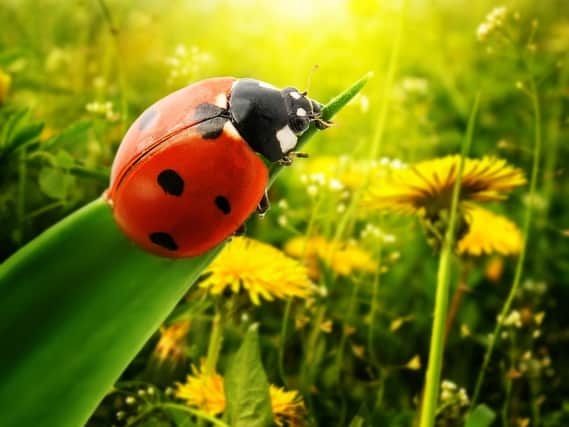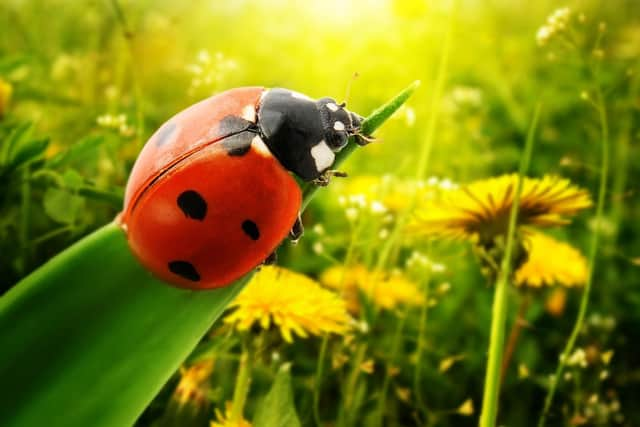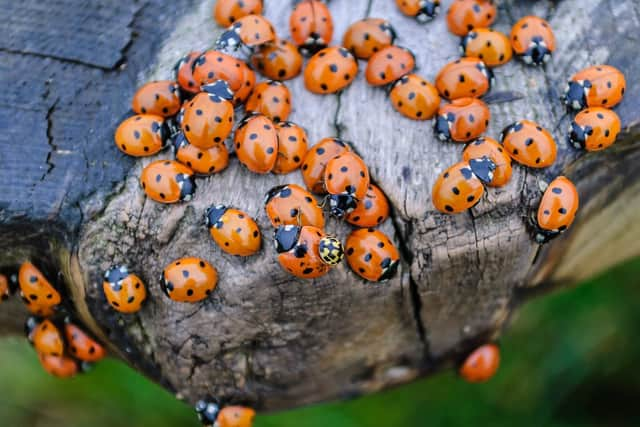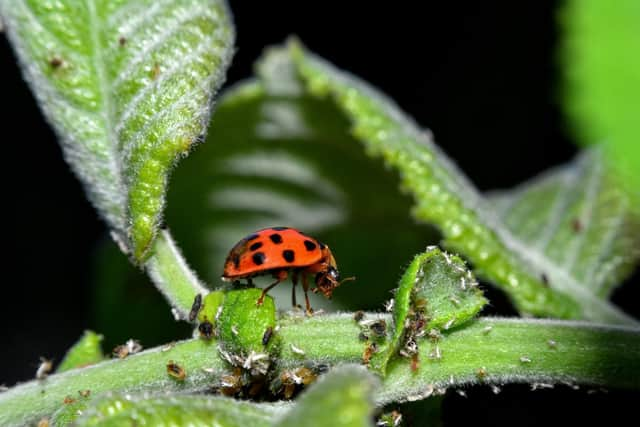Do you remember the '˜Ladybird Plague' of 1976? This is why Britain's latest heatwave hasn't caused another plague


For those who can remember, the renowned summer of 1976 will immediately come to mind.
It broke records throughout the UK with its scorching temperatures, dried-up reservoirs and the chaos which ensued when families were required to queue to use standpipes in order to access drinking water.
Advertisement
Hide AdAdvertisement
Hide AdHowever, the 1976 heatwave is not only remembered for its incredibly hot weather, but for the large numbers of ladybirds that swarmed the UK.


The Ladybird Plague of 1976
What became known as a ‘plague’ of hungry seven-spotted ladybirds came to villages, towns and cities across the UK in incredibly large numbers.
The British Entomological and Natural History Society estimated that 23.65 billion of them swarmed on the southern and eastern coasts of England by late July.
According to the Royal Horticultural Society (RHS), the seven spot ladybird (coccinella 7-punctata) are around 5-8 mm in length and almost always red with seven black spots. Their larva is grey with four pairs of orange markings and they are widespread species often found in gardens feeding on aphids.


Advertisement
Hide AdAdvertisement
Hide AdHelen Roy, Ecologist at the Centre for Ecology and Hydrology, said: “The 1976 heatwave followed a very hot 1975 and the winter conditions over 1975 – 1976 seemed favourable for high survival of ladybirds.
“Therefore it was essentially a perfect storm of conditions that provided lots of food (aphids) and weather conditions for to support a high numbers of ladybirds”.
This population of ladybirds extended across more or less the whole of England and Wales, alongside some parts of southern Scotland.
Will there be a ‘ladybird plague’ this year?


There are a multitude of factors which lead to rapid increases in the size of ladybird populations, which not only makes it more difficult to predict, but decreases the chance of it happening.
Advertisement
Hide AdAdvertisement
Hide AdThese factors include sunshine during the early summer, temperature during the middle of the summer, and the mildness of the preceding winter.
According to the British Entomological and Natural History Society, explosions in populations of ladybirds typically happened around every 15 years during the 20th Century, but after 1976 this ceased to occur.
By 1996, it was reported as the one of the longest periods without an population explosion that century.
1990 had provided appropriate weather conditions, but a parasite destroyed many ladybird pupae, this being the stage of the bug's development between larva and adult.
Advertisement
Hide AdAdvertisement
Hide AdAlthough this year’s heatwave does not seem to have brought a huge influx of ladybirds, Ms Roy explains there is still a chance that this could happen.
“It could be that will see ladybirds in high numbers as the summer progresses and as they go through their life cycle – there are lots of larvae about at the moment” said Ms Roy.